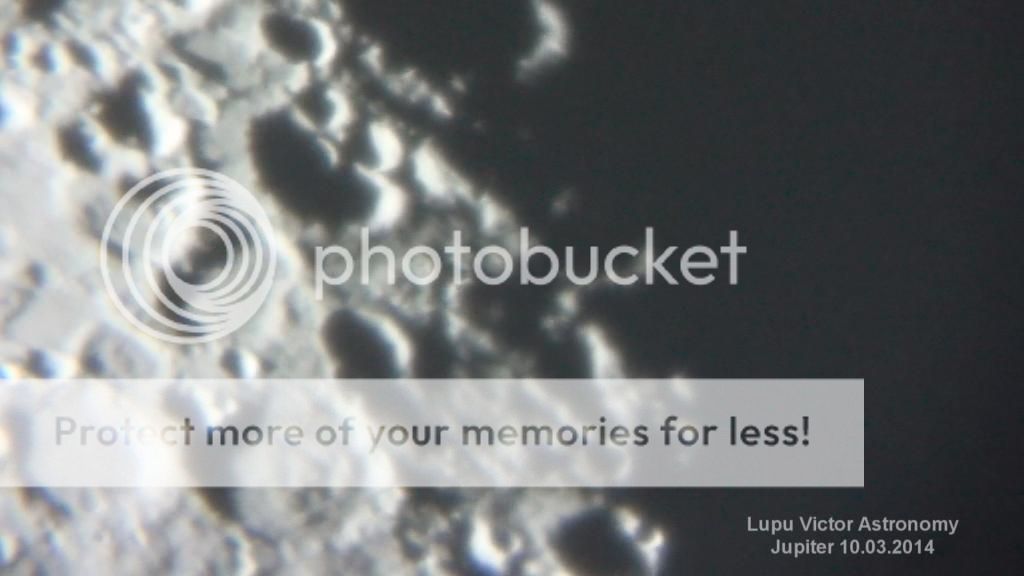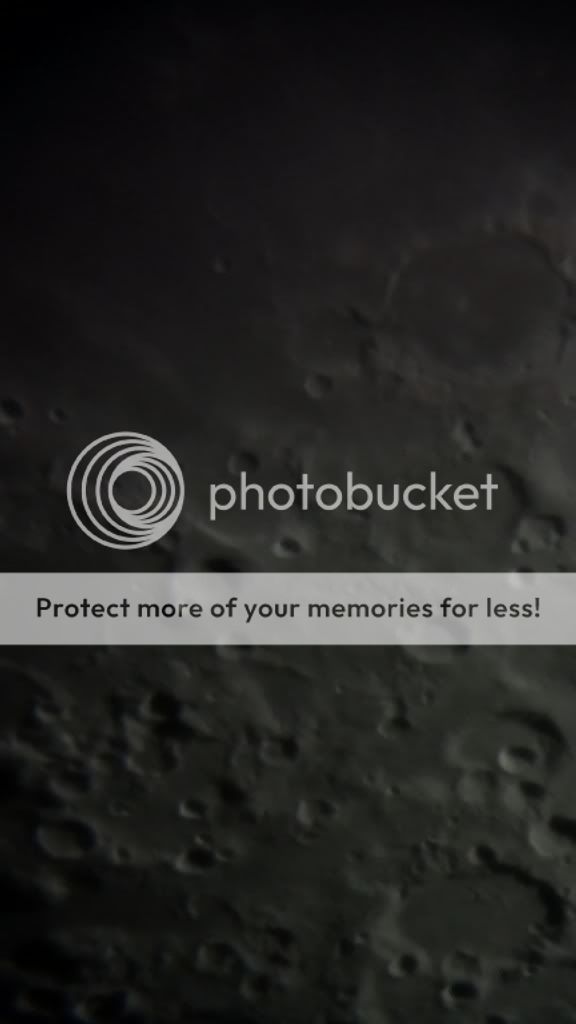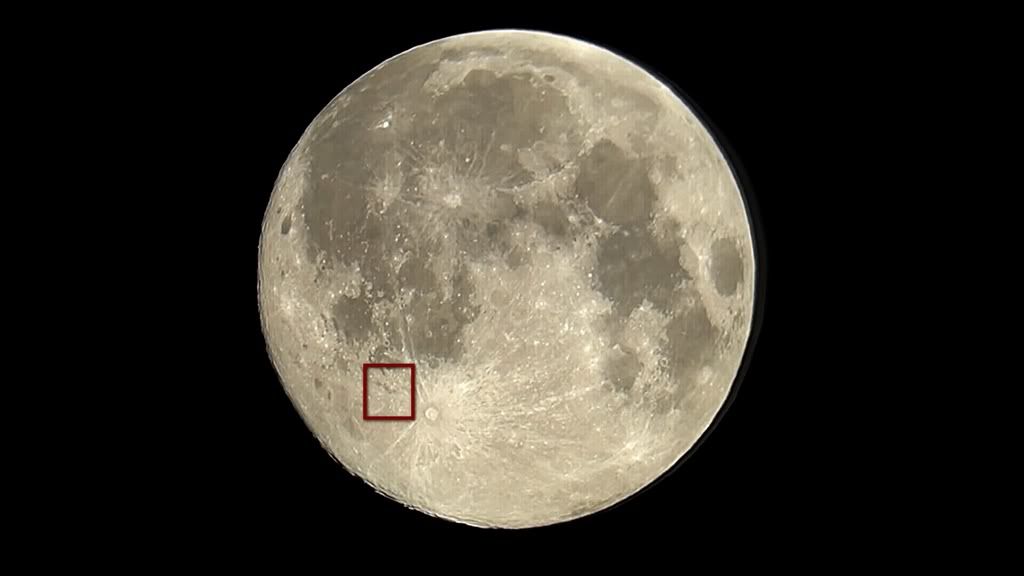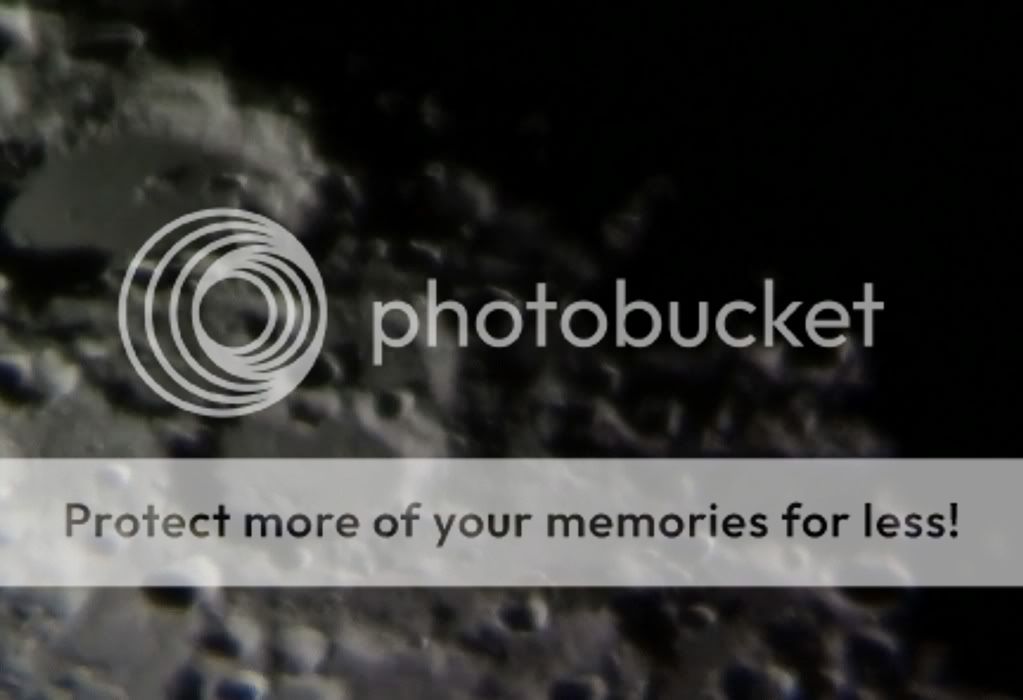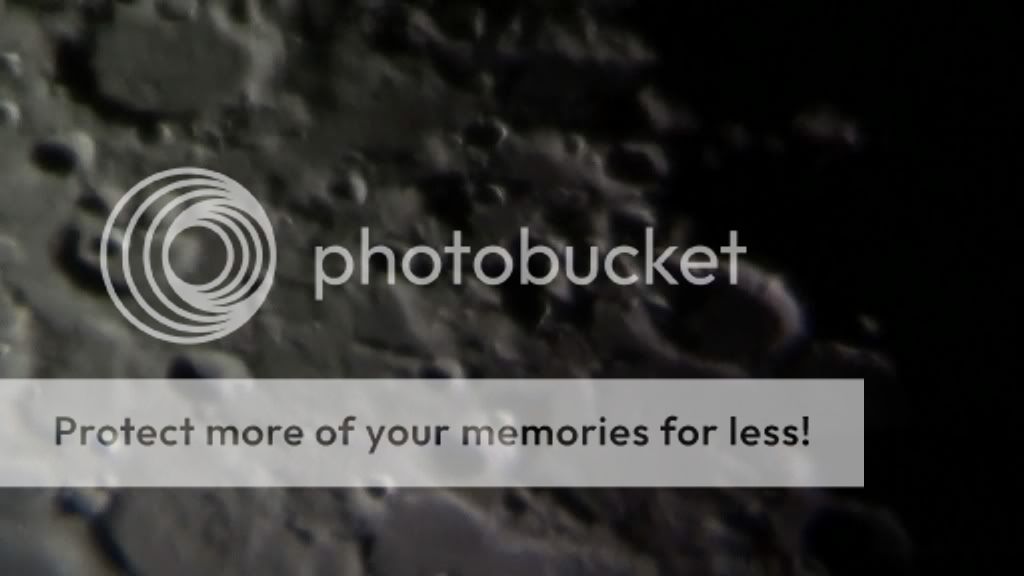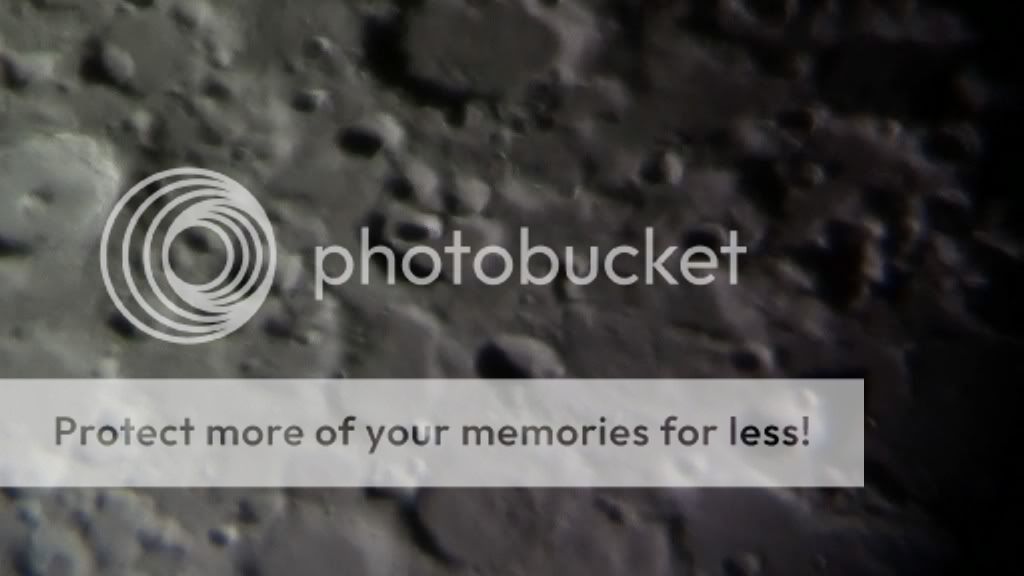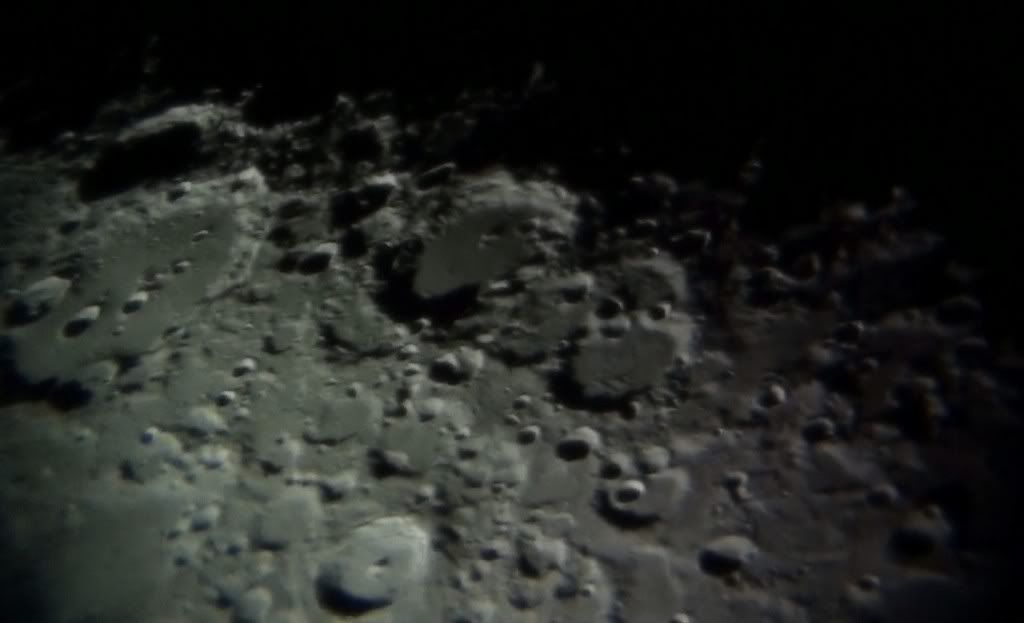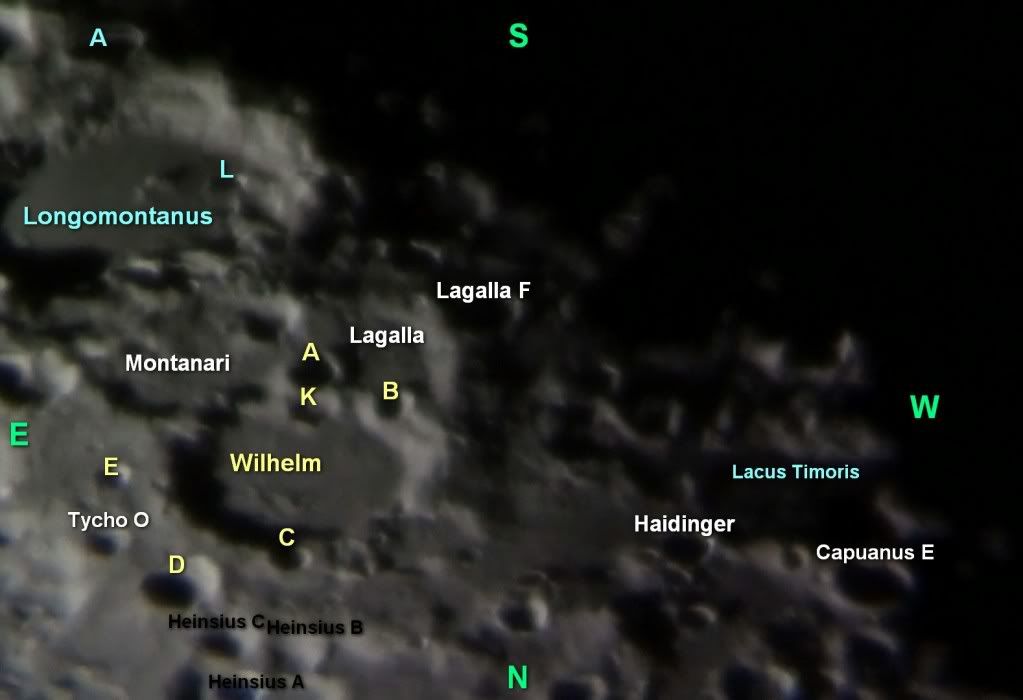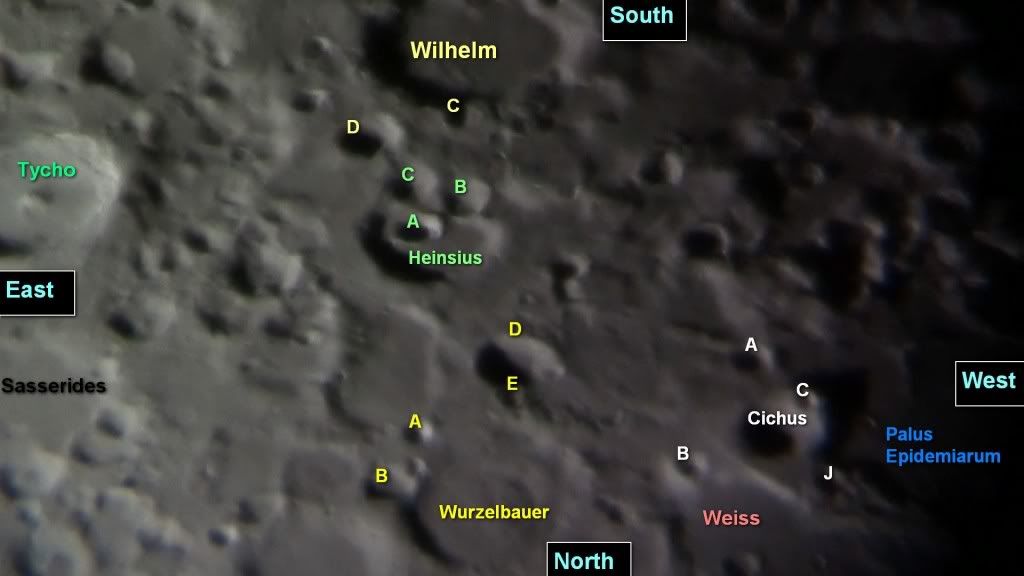Wurzelbauer has a floor full of swamps and hills, low margins, with a depth of 2.2 kilometers, compared to Gauricus which has a depth of 2.7 km, with a smoother floor strewn with small craters on it and the interior edge.
Wurzelbauer's south, are observed only Heinsius crater (64 km) and its satellite craters. These images may be located at the top, because it is upside-down as viewed through a telescope. Heinsius is flooded crater by darkness.
Moon Age: 9.05 days
Phase: 70.5% (0% = New, 100% = Full)
Distance: 399.221 km
Optics: Celestron C8-Newtonian telescope, 20mm Plossl, 2x barlow
Mount: CG5 (EQ5)
Camera: Sony CX130
Filter: no
Date: 10/03/2014
Location: Baia Mare, Romania
Processing: FastStone Image Viewer








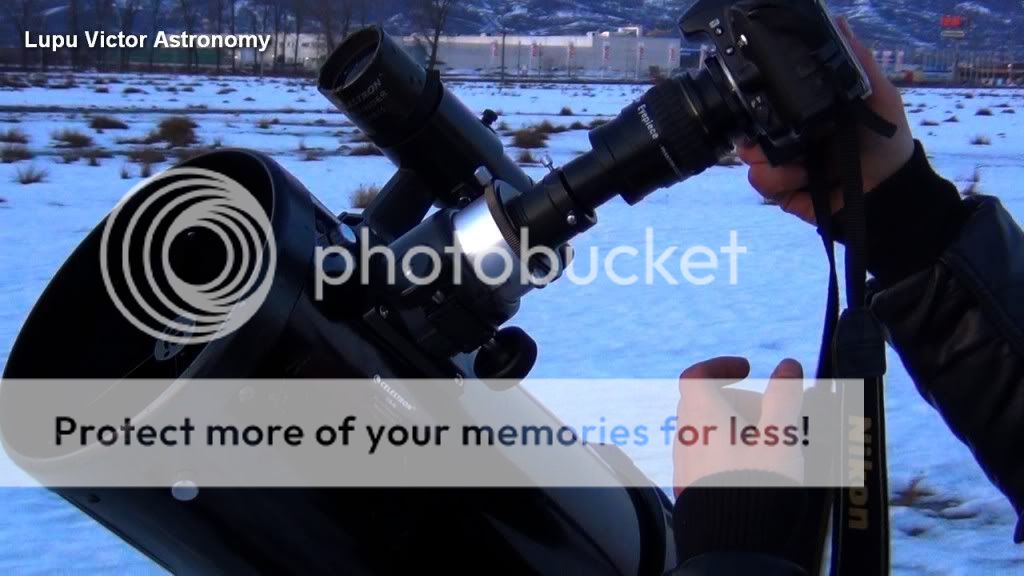

 Tuesday, September 30, 2014
Tuesday, September 30, 2014
 Unknown
Unknown

